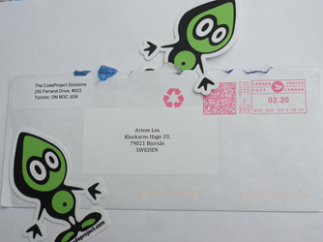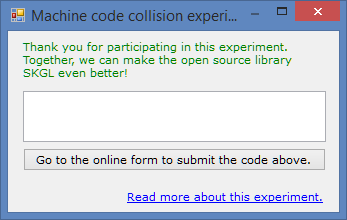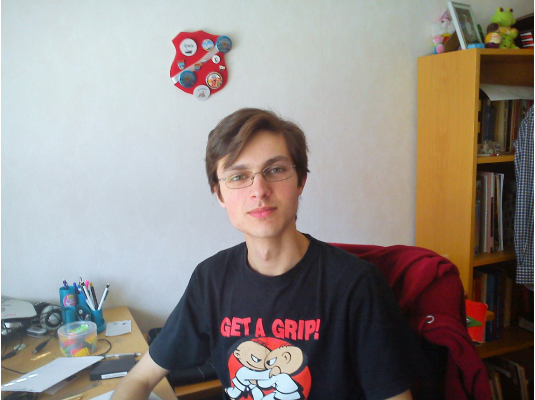My last paper was on Tuesday morning – it was the Chemistry options. The exam period is now over, and in fact, the entire IB Diploma is over also (except if there has to be a retake, which I hope will not happen). I have heard some reflections about the test week; one category of students think it went excellent on some papers, some are unsure, and some think that it could have gone much better. I think that it so difficult to make any predictions at this stage, since languages are 55% of work that is done before the finals, while for instance in the sciences, paper 1 might be a bit tricky to predict. Well, qui vivra verra.
It feels that the time restriction during tests is something that could be changed since it does not allow all knowledge to be tested, that is, the exam turns to some sort of competition. This is understandable, and will most certainly occur in our future lives. Maybe IB wants us teach to take quick decisions, since after all,
Delayed decisions inevitably lose their positive quality (Art of War for Managers)
or as Sun Tzu says:
Hence what is valued in war is a quick victory, not prolonged operations (Sun Tzu)
But on the other hand, if more time is given during say Math exams, you are “either able to solve a problem or you are not” (a teacher at Katte). A Russian mathematician (I do not remember his name unfortunately) said that if mathematics competitions would exist during his youth, he would most likely not be a mathematician. This applies to other subjects too; you can be very good at a subject but the test might say otherwise.
I think everyone taking the IB should be very proud of everything that they know (and not be unhappy about what they do not know), since after all 3 years have elapsed and even if some did not aim for high grades will still have gained a lot of knowledge. At this stage though, I cannot image where I will apply my Chemistry knowledge, nor literature terms like “extern fokalisering” and “intern fokalisering”, but I start to realize that knowing these details is very important for a dialog with different people. You do not need to be an expert in a field in order to start a conversation. So I suppose that when you happen to sit close to chemists or physicists at some point in life, you will be able to understand at least what topic they are talking about – the rest they will explain to you since they are most likely experts in their area and are very passionate about it.
Anyway, the test week was quite an interesting challenge which was fun to undertake. I must confess though that during the second week, my plan received some changes. Before, I had Plan A and Plan B, but during that week, I added another part to it, namely Plan C. At this moment, I do not want to disclose any of them, but I can tell that Plan A is what I want to execute in the first place. This is very secretive, but everyone must have some secrets. As Jaroslav Hašek said: “Skromnost krášlí muže/../,” which can be translated as “Modesty adorns a man /../“.
Otherwise, it feels great and I have already started to develop the foundation for Snippette.NET (a project together with Melody P. and David P.) and I have also re-assumed my work on Serial Key Manager and will certainly continue developing Mathos Project. My goal is to make use of the time during the summer break (or maybe we should say summer holiday) and be as productive as possible.
In conclusion, these two years have been amazing and it has always been a pleasure to be surrounded by very motivated and clever people every day! As a last thing, if anyone would like to have a website (for example about page or a page for an institution), an application (for scientific calculations or for business models), or simply get started with computer programming, please contact me!
I wish everyone success in future studies and work. May the force be with you!




